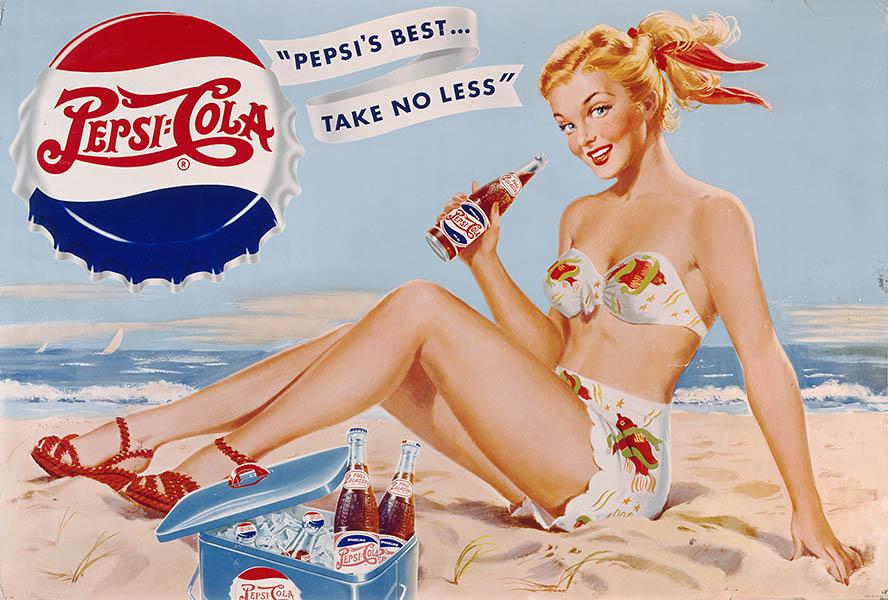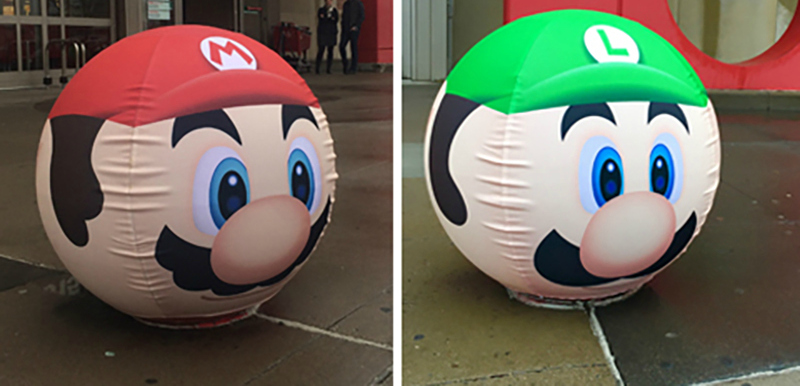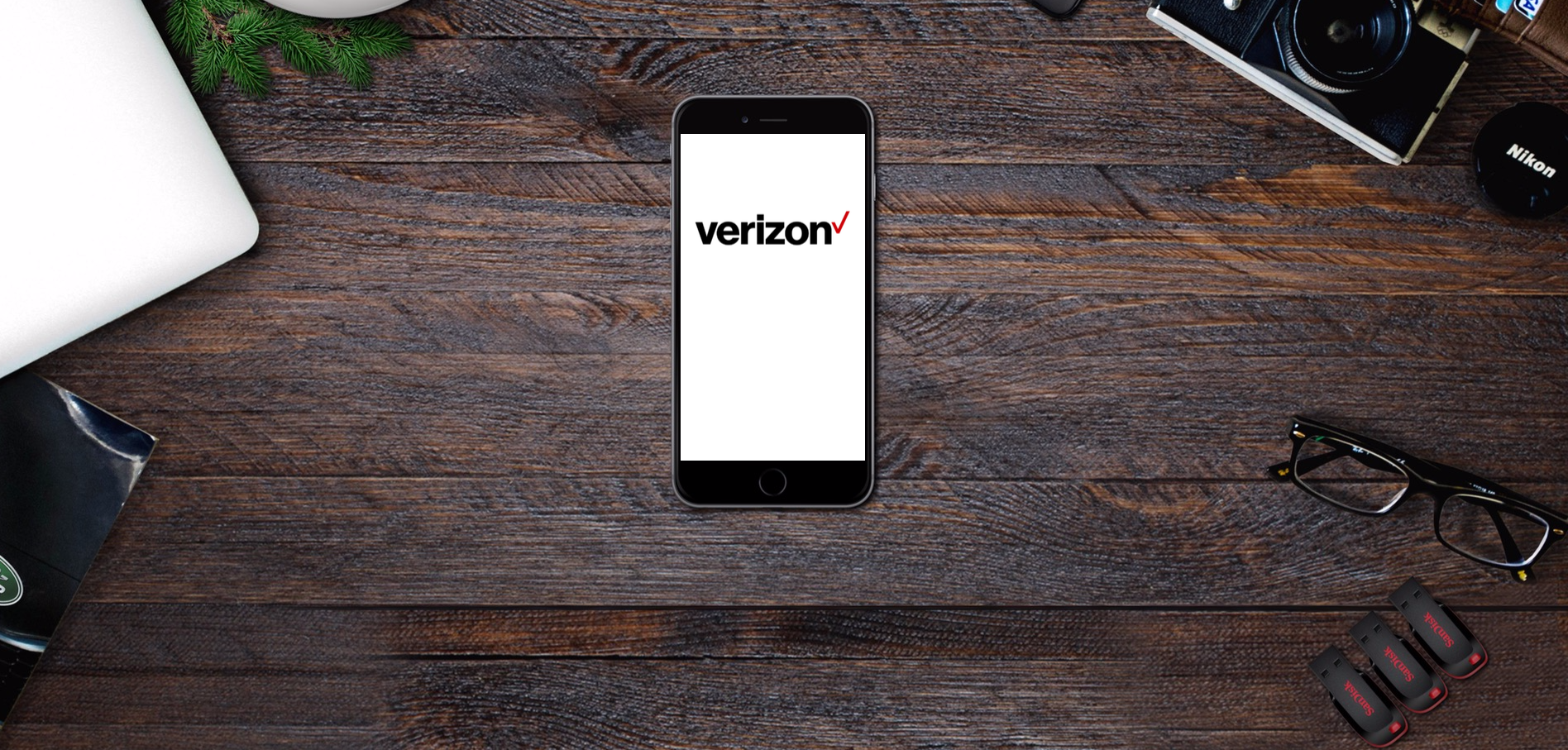For a struggling company, sometimes a redesigned logo or the introduction of a new product does the trick. Other times, an entire new brand identity may be the best bet. Of course, it’s important to work to make sure you’ve found the right name for your brand before putting time and resources into making your brand take off and rebranding can be scare.
But if the following list shows us anything, it’s that even some of the biggest players out there realized their name was a roadblock on their path to success.
Here are 10 household name companies that definitely made the right choice in rebranding.
1. Backrub to Google (1997)
You’ll be hard-pressed to find anyone who isn’t familiar with the Google name and iconic multicolored logo, but for almost a year the search engine was called BackRub. When founders Larry Page and Sergey Brin needed to expand beyond their original Stanford University servers, the chose to swap out the name too. You may know that the name was inspired by the number “googol,” but it was actually a spelling mistake when registering the domain, not a creative choice, that led to its current name.
2. Lucky Goldstar to LG (1995)
The LG name has a long history beginning with the merge of two South Korean companies, Lucky and GoldStar in 1958. The two companies produced hygiene products and consumer electronics, respectively, and operated as Lucky-Goldstar for over thirty years. In order to better compete in the Western market, the company name was shortened to LG, leading to the “Life’s Good” tagline and clever smiling face logo.
3. Brad’s Drink to Pepsi (1898)
For a short five years, the popular soda went by the less catchy name Brad’s Drink. The original name came from inventor Caleb Bradham’s last name, and the current name comes from “pepsin,” the enzyme that helps digest proteins in food. The switch was definitely a good move, but Pepsi sounds a lot cooler when you don’t know where the name comes from.
4. Sound of Music to Best Buy (1983)
In 1983, Sound of Music was a humble chain of seven electronics stores specializing in high fidelity stereos. Today, there are over 1,000 locations nationwide, and stereos are just one of a long list of electronics for sale. As the company grew and their merchandise offered expanded, the switch to Best Buy was a great, necessary transition.
5. Blue Ribbon Sports to Nike (1971)
In one of their first ad campaigns after adopting the new name after the Greek goddess of victory, Nike stated “There is no finish line.” In a direct response to their old name, Nike suggested their bright future ahead and prospective goals. Today, the name and swoosh logo are one of the most recognizable brand identities around the world.
6. Pete’s Super Submarines to Subway (1968)
In 1965, Subway founder Fred DeLuca borrowed $1,000 from his friend Peter Buck. To show his gratitude, DeLuca named his first sandwich shop after Peter. The pair went on to run the shop together, but changed the name after finding little success under the original moniker. Now, Subway is the the largest restaurant operator in the world, with 44,852 restaurants in 112 countries.
7. AuctionWeb to eBay (1997)
This name change came from outside forces, when founder Pierre Omidyar realized media coverage of his auction site frequently referred to it as eBay, the name of his umbrella company. The original eBay Internet housed four sites: AuctionWeb, a travel site, a personal shipper site, and a site about the Ebola virus. Only the first had much success. As a result, Omidyar officially changed the name to the one people already were starting to call it.
8. Phoenix to Firebird to Firefox (2004)
The free, open-source browser went through a series of subtle name changes before finally hitting the jackpot with Firefox. When it first appeared for public testing in September 2002, the name was Phoenix, but less than half a year later a trademark dispute began with BIOS manufacturer Phoenix Technologies. The name was then tweaked slightly to Firebird, another name for the mythical phoenix. More naming disputes took place over the next year, and in February 2004, the name Firefox was finally chosen.
9. Jerry’s Guide to the World Wide Web to Yahoo (1994)
Another search engine that started at Stanford, co-founders Jerry Yang and David Filo were still PhD students when they started what we now know as Yahoo. The root of the original name is obvious, while the current one stands for “Yet Another Hierarchical Officious Oracle.”
10. Research in Motion to Blackberry (2013)
Research In Motion was already a success when the name was switched to Blackberry in 2013. Although the first first device to carry the BlackBerry name was the BlackBerry 850, an email pager introduced in 1999, the company didn’t officially the name of its best-known product until 2013 as part of a larger comeback plan. Unfortunately, this case shows that sometimes more than a new name is needed to bring a struggling company back to action.
Brian is a staff writer at The American Genius who lives in Brooklyn, New York. He is a graduate of Washington University in St. Louis, and majored in American Culture Studies and Writing. Originally from California, Brian has a podcast, "Revolves Around Me," and enjoys public transportation, bicycles, the beach.










































Pingback: Will brands erasing potentially offensive legacy names hurt or help sales?